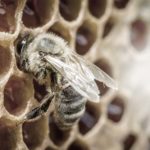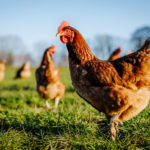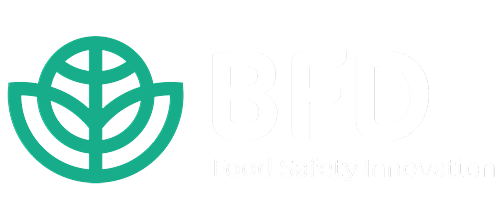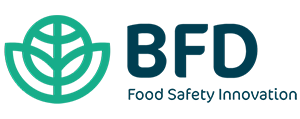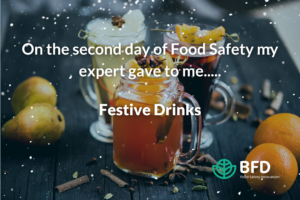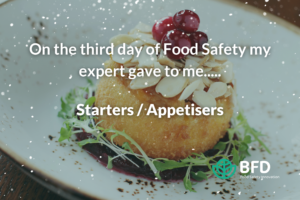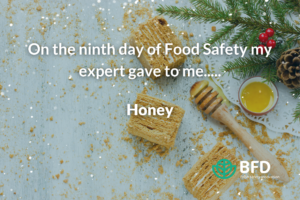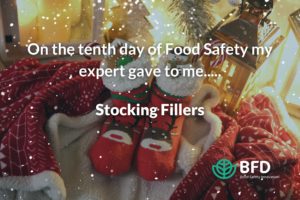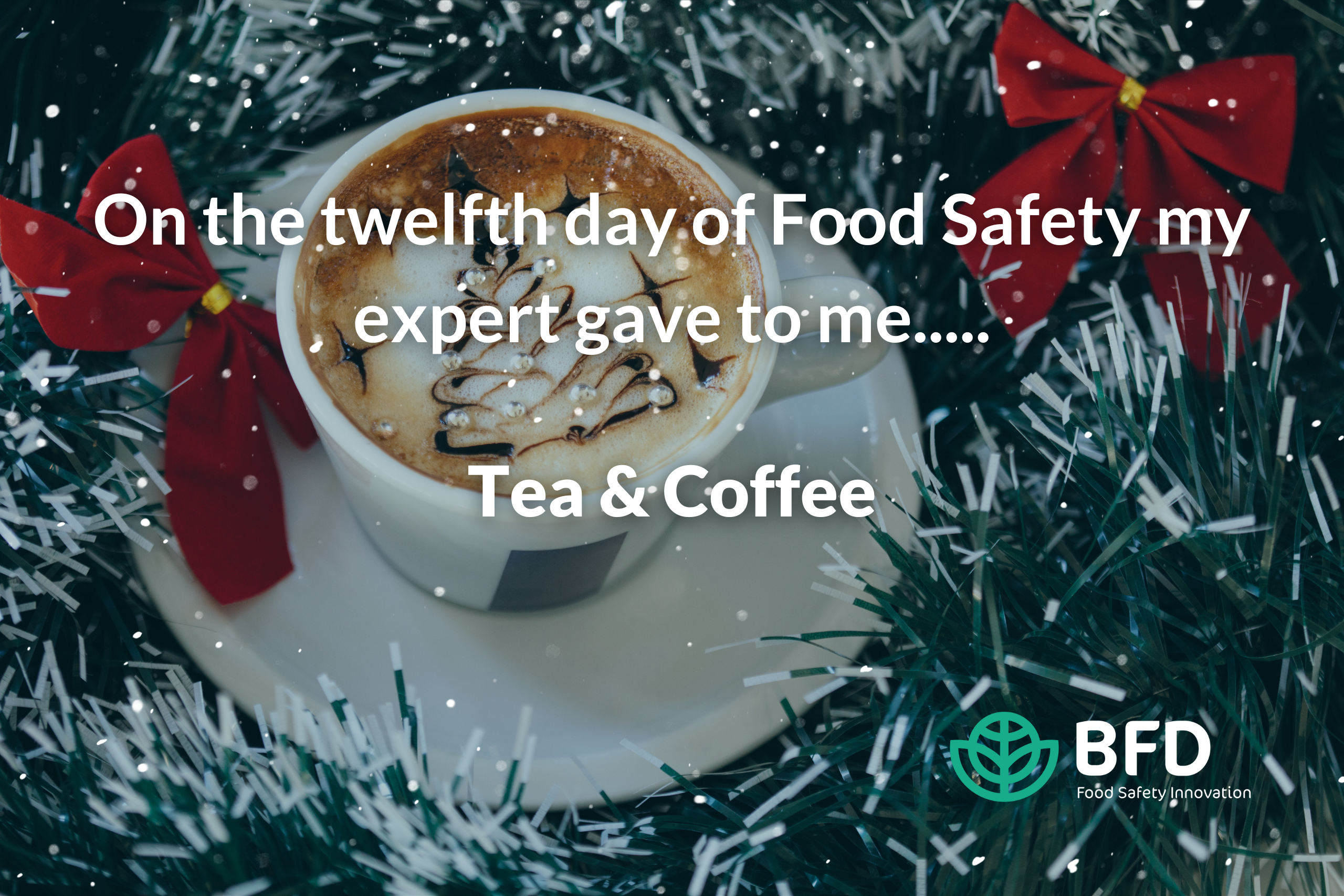
Tea and Coffee: Day 12 – 12 Days of Food Safety
Day 12: Tea and Coffee
12 Days of Food Safety
After all the hustle and bustle of the festive season there is no better way of relaxing after a busy day than sitting down to a cup of tea or coffee. Some of the highest tea consumption per capita globally include Turkey, Ireland, UK, Pakistan and Iran (1). While the Scandinavian nations, including Finland, Norway, Iceland, Denmark, and Sweden, opt for enjoying coffee during designated breaks. This is referred to as “kaffepause,” and holds special significance (2).
Where did Tea and Coffee originate from?
Tea is believed to have originated in China. According to legend, in 2737 BCE, Chinese Emperor Shen Nong discovered it when tea leaves accidentally fell into a pot of boiling water. The resulting infusion was found to have a pleasant flavour and became the early form of tea. From China, tea spread to other East Asian countries and eventually to the rest of the world through trade routes (3).
Coffee has its origins in the region known as the Horn of Africa, in present-day Ethiopia. According to legend, a 9th-century Ethiopian goat herder named Kaldi discovered coffee when he noticed that his goats became more energetic after eating the berries from a certain tree. Kaldi tried the berries himself and experienced a similar burst of energy. Coffee cultivation and consumption then spread to the Arabian Peninsula, where it became an integral part of the culture. From there, coffee was introduced to various parts of the world, including Europe, Asia, and the Americas, through trade and colonisation (4). Both beverages have rich histories and have become significant cultural and economic commodities globally.
What food safety concerns are there with tea and coffee?
Tea and coffee are generally safe to consume, but like any agricultural products, they can be susceptible to chemical contaminants. The presence of these contaminants can depend on various factors, including the cultivation practices, processing methods, and storage conditions. Some potential chemical contaminants that can be found in tea and coffee include pesticide residues, heavy metals, mycotoxins and pyrrolizidine alkaloids (5). To mitigate the risk of contaminants, various measures are taken during the production and processing of tea and coffee to promote sustainable farming and reduce the need for pesticides or fertilizers by choosing a more organic growing regime. Consumers can make informed choices by selecting teas and coffees from reputable sources, checking for organic certifications, and be aware of the origin and processing practices of the products they purchase. Additionally, proper storage and brewing practices can contribute to a safer and more enjoyable tea and coffee experience.
Regulatory Protection and Monitoring
The Rapid Alert System for Food and Feed (RASFF) is a European Union (EU) system that enables rapid communication between its member countries and the European Commission regarding risks to food and feed. It provides a platform for sharing information about potential safety issues and facilitating coordinated actions to protect public health.
The RASFF platform in 2023 has issued multiple notifications categorized as both “Serious” and “Potentially Serious,” highlighting issues primarily associated with black, green, and even peppermint tea. Notably, as of November 2023, elevated levels of two pesticides, Chlorpyrifos and Acetamprid, have been identified in tea samples, surpassing permissible limits. Chlorpyrifos levels reached as high as 0.059ppm (exceeding the MRL of 0.01ppm), while Acetamprid registered 0.21ppm (above the MRL of 0.05ppm), emerging as the most frequently observed violations (5).
In 2023, the RASFF reported contaminants found in coffee included pesticides, the mycotoxin Ochratoxin A and Sibutramine. Unlike some of the other contaminants, Sibutramine is a weight loss agent that was withdrawn from the EU and USA market as it was found to increase adverse events in patients with cardiovascular diseases. However, non‐prescription weight loss pills and slimming coffee drinks containing sibutramine can be still easily purchased over the internet and have been detected at our border controls (5).
These notifications serve as alerts to competent authorities, businesses, and consumers about potential risks associated with specific batches or types of tea and coffee. Regulatory authorities can take actions such as product recalls, withdrawals from the market, or strengthened border controls in response to RASFF notifications.
It’s important to note that RASFF notifications are specific to the EU and may not cover incidents or alerts in other regions. For global information on food safety, the International Food Safety Authorities Network (INFOSAN) provides a similar function at the international level, facilitating communication between countries and the World Health Organization (WHO) regarding food safety issues (6).
Work with us
BFD not only manufactures and supplies test kits for detecting contaminants but also benefits from an extensive array of in-house-developed antibodies, antigens, and various immuno-reagents, including unique targets like Sibutramine. This enables us to respond rapidly to urgent needs that may require the swift availability of a screening method to meet regulatory requirements.
Our commitment to advancing tools for food safety and quality has driven us to establish partnerships with numerous academic and research institutions. As an innovative SME, we facilitate research institutions’ participation in various funded projects that necessitate SME involvement, such as initiatives like Eurostars and Innovate UK.
With access to comprehensive manufacturing equipment, we simplify the evaluation of prototype scalability to meet market demand, allowing us to manufacture on a large scale and bring academic “discoveries” from concept to reality. Furthermore, our extensive international distribution network facilitates access to potential markets.
Whether you are facing challenges in finding an antibody for your study or have completed a prototype test that you wish to explore for market potential, we offer support across a broad spectrum of services. Our diverse team possesses abundant scientific and technical expertise to guide assay development, from the initial feasibility stage to technical transfer, effectively streamlining the transition into a full-scale, robust, and reproducible manufacturing process.
Feel free to reach out to us if you are interested in exploring opportunities for collaboration in 2024, we will put the kettle on and have a nice cuppa waiting for you!
Have you missed the previous 12 Days of Food Safety? Not to worry. Click the images below to catch up.
References
- Statista Research Department. Annual per capita tea consumption worldwide as of 2016, by leading countries. https://www.statista.com/statistics/507950/global-per-capita-tea-consumption-by-country/ (accessed 21/12/2023).
- World Population Review. Coffee Consumption by Country 2023. https://worldpopulationreview.com/country-rankings/coffee-consumption-by-country (accessed 21/12/2023).
- UK Tea & Infusions Association. The History of Tea. https://www.tea.co.uk/history-of-tea (accessed 21/12/2023).
- Nescafe. The Ethiopian legend of coffee origins. https://www.nescafe.com/in/understanding-coffee/coffee-history (accessed 21/12/2023).
- European Commission. RASFF. https://webgate.ec.europa.eu/rasff-window/screen/search?searchQueries= (accessed 21/12/2023).
- World Health Organisation. FAO/WHO International Food Safety Authorities Network (INFOSAN). https://www.who.int/groups/fao-who-international-food-safety-authorities-network-infosan/about (accessed 21/12/2023).
